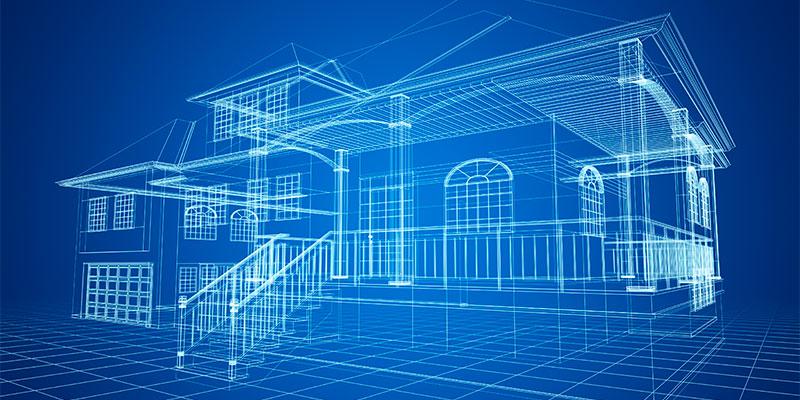
Renters have the luxury of being able to depend on a landlord when something breaks in their home or needs to be repaired—however, when you own your home, there is nobody to call but yourself! That’s why it is so important for homeowners to budget for home repairs. Read on to discover how to create a home repair budget so you can be prepared to keep your home safe and well-maintained.
Understand Your Home’s Health
The time to understand your home repair budget is before you even purchase your home. While you are looking at homes to buy, keep in mind the potential need for repairs and maintenance that will come with it. If you fall in love with a house with lots of antique charm, keep in mind that it may come with antique problems like older pipe and electrical system that may need replacement. Before you buy, get a thorough home inspection to get the information you need to decide what you can handle and what you can’t. For older homes or homes in wooded areas, you may want to request additional inspections, such as thorough systems inspections and even specialized pest inspections.
Know the Difference Between Maintenance and Upgrades
It is important for homeowners to understand the difference between home maintenance and home improvement. Maintaining a home is a necessity—keeping your roof in check, taking care of your lawn and landscaping, repairing or replacing broken appliances. On the other hand, home upgrades and improvements are usually just things you want, like a brand-new oven when your current one still works or a new tile backsplash in the bathroom. This difference is important because once you have your budget, you want to make sure that you always have funds for maintenance and repairs, which should be a priority over adding a little luxury to your home.
Build a Home Emergency Fund
The bad thing about emergency home repairs is that they that are often unexpected and can frequently be costly. Aside from having a home repair budget, you should also budget to have a fully-funded emergency reserve to ensure that if something catastrophic happens to your home, you can make ends meet. It is a good idea to make sure your homeowners insurance has adequate coverage and that you have enough in your emergency fund to at least cover the deductible.
Dedicate a Monthly Amount
Homeowners can generally expect to pay about 1–3% of their home’s purchase price for annual repairs and general maintenance. To ensure that you have enough to cover your needs each year, set aside at least 1% of your home value annually to take care of the necessities. For example, if you purchased your home for $100,000, set aside at least $1,000 each year for repairs. To make it easy, you can set aside a certain amount each month into a separate account, so you always have repair funds available.
Whether you are getting a new home that may just need some regular maintenance or a fixer-upper that needs a lot of love, home repairs and maintenance are an important part of responsible home ownership. The NC Housing Finance Agency has resources for first-time and move-up buyers to help understand all about the home buying process. Learn more about all the ways the NC Housing Finance Agency can help make home ownership happen for you at www.nchfa.com/home-buyers.